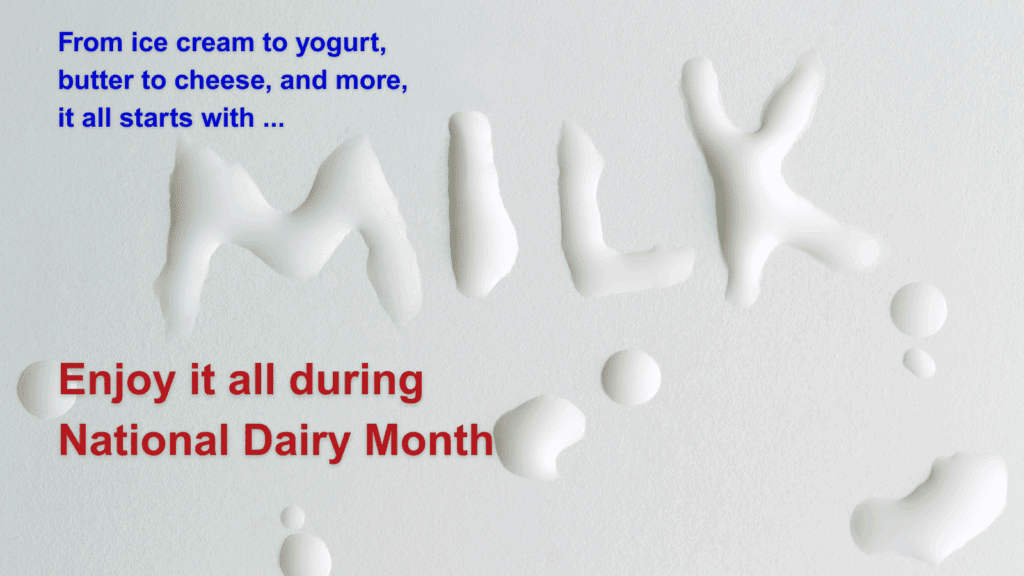
By Darren Turley
Executive Director
June is National Dairy Month, a time not only to enjoy milk and other dairy products, but also to celebrate our dairy families who produce the food we enjoy.
Their hard work each and every day has made Texas the third largest milk producing state in the nation, an accomplishment for which dairy families should be proud. Especially since they’ve reached this milestone by overcoming challenges that in recent years have threatened their livelihoods more than ever.
The Texas dairy industry is under pressure from rising costs, disease outbreaks and threats, erratic and extreme weather, and labor shortages. Dairying in the Lone Star State is being tested like never before.
Farmers continue to grapple with the same rising costs as other Americans. In addition, inflation has driven up the costs of livestock feed, machinery, fuel, labor and other operating costs. Newly imposed tariffs and their uncertainty threaten to send those costs even higher. Meanwhile, the price farmers earn for their milk has not kept pace. Dairies are operating on thin margins. Some have shut down their operations, while others are driven by a sense of duty and tradition rather than profit.
Texas dairy herds, thankfully, have recovered from last year’s outbreak of highly pathogenic avian influenza (HPAI) which dropped milk production for several months. We feared the disease might return this year, but Texas appears to have escaped another infection even as other states continue to deal with this virus.
Now, however, both the state’s dairy and beef herds are facing another potential health issue. The New World screwworm threatens from just across the southern border. This parasitic insect, which had been eradicated from the U.S. decades ago, has been spreading north from Central America. Cases exploded in Panama last year and are now being detected in Mexico. The screwworm larvae infest open wounds on animals, causing severe suffering and economic losses. If the pest crosses the border into Texas, it could devastate livestock herds and impose massive costs on producers already stretched thin.
The border has been closed to imports of cattle, horses and bison, and we are working with state and federal agencies and other livestock organizations to monitor the situation and protect the state’s vital agriculture economy.
Like with all agriculture, weather plays a huge role in dairy operations. Extreme weather patterns seem to have become the new normal year-round across Texas. As June begins, so has the summer heat. Despite the recent rains, Texas continues to struggle with a years-long drought that has dried up crops used to feed livestock and strained water supplies. Will this summer bring more record-breaking heat? On the flip side, farmers in the winter worry massive snowstorms and abnormally frigid temperatures, such as Winter Storm Goliath which struck the Panhandle in 2015, can devastate herds.
Labor – both cost and availability – continues to be a struggle on dairies. Dairy farmer is a labor-intensive industry, despite the spread of technology and robotic dairy operations. These jobs are hard to fill in local communities, and existing federal visa programs don’t apply to year-round workers required to work at a dairy where milking a cow isn’t a seasonal activity. There is a huge need for long-term solutions to address workforce gaps and retention challenges.
Yet despite all these hurdles, Texas dairy farmers continue to show up, milking twice a day, every day, to feed our state and nation. Their resilience deserves admiration, but they can’t do it alone. They need support from consumers, policymakers and the broader agricultural community.
National Dairy Month is not just a time for recipes and festivals. It’s a chance to recognize the real people behind the products we take for granted – and to stand with them during difficult times throughout the year, not just during one month on the calendar.


